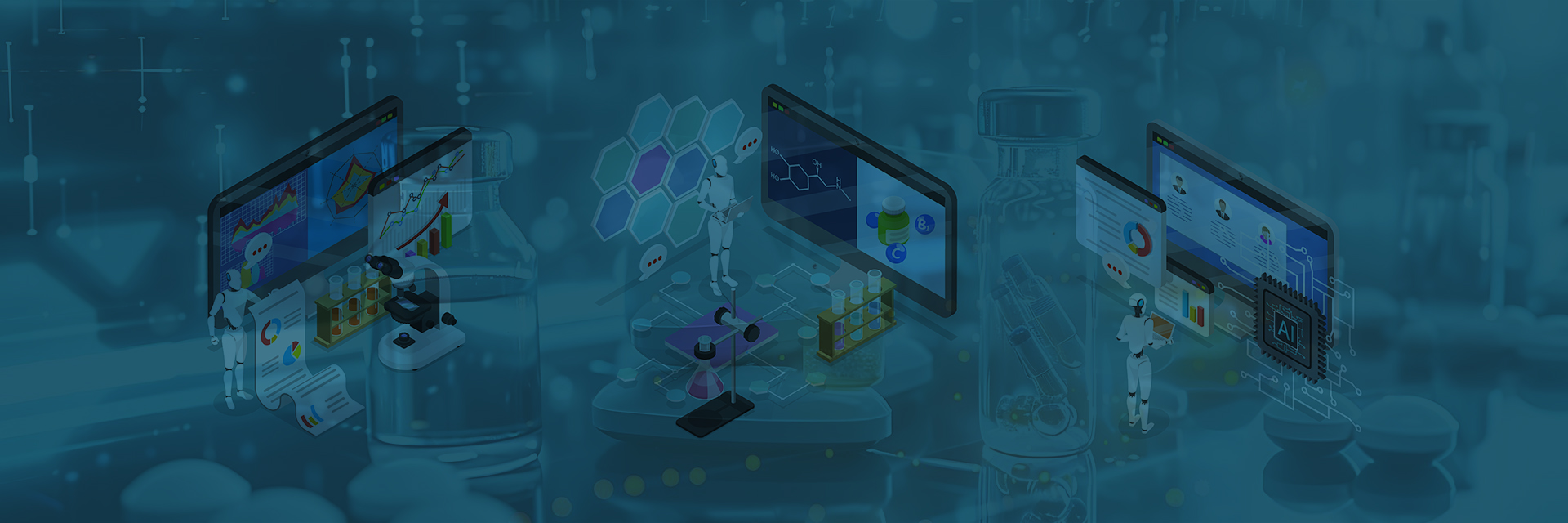Compliance means following a specification, policy, standard, or law. Regulatory compliance ensures that organizations must comply with relevant laws, policies, and regulations.
The number of regulations and the need for operational transparency is only increasing. Organizations are adopting consolidated and consistent sets of compliance controls to ensure that they meet all the requirements without any extra effort from resources.
So, why the need for compliance training? According to a report by EY attributed to a breach in Data Integrity, import alerts against Indian plants accounted for 49% alerts issued by the US FDA worldwide. Worldwide statistics for non-compliance with cGMP indicate China leads with the cases for non-compliance at 30%, India follows second at 25% and the USA at 20%. In 2017 (January-July), 60 companies were pulled up for cGMP non-compliance.
FDA 483 has the maximum number of cGMP violations by subparts.
After a thorough analysis, it has come to light that it is not the lack of systems, but the implementations of operations which is one of the main reasons for violations. These violations can be prevented by a consistent and easy to access training mechanism.
It is the Pharmaceutical company’s responsibility to ensure that the manufactured products are for the wellbeing of the people. They must follow the standards laid down by the regulatory bodies such as the FDA so that there is no scope for any error in the pharmaceutical industry. Maintenance of Product quality must be to the highest standards at all times. These, depending on the wide variety of parameters ranging from the development of a drug to the final distribution. The dangers of non-compliance with the regulations regarding any of these parameters can have severe repercussions for a pharmaceutical company.
Continuous comprehensive compliance training is the best way to ensure that all your bases are covered. Employees must be educated and constantly reminded about their responsibilities and tasks, which in turn will help you gain the highest-quality output.
Compliance training is often seen as an annoying and unnecessary subject, putting learners off. The use of E-learning, which blends multimedia and interactive learning method makes the instruction more appealing to your workforce. A compliance training management platform can take care of all your compliance training needs.
According to Gartner (a leading research company), “A learning management system can be a compliance officer’s best tool for disseminating information. Setting up an enterprise-class LMP can be compelling for any enterprise. In a regulated industry, it needs to track personnel compliance with items such as FDA 21 CFR II and any other critical internal process. Industry-leading research organizations predict a change in markets. All pharmaceutical companies must have learning management systems in place.”
Some of the questions raised by the compliance board to the HR managers and management are:
- Has the employee taken training in the particular field that they are working?
- When was the training taken?
- How are you maintaining the SOP versions of the training?
- Can I see an audit log for specific training or a user?
- Does it have an electronic signature recording?
- What is the duration of training given? What is the mode of training?
Training employees is no easy task. Most of the employees have loads of work, and they do not have time for learning. Every time there is an implementation of a new rule or an amendment of an old practice, it calls for constant updating of the training materials. Every employee will have a different perception of learning. Most companies have a multi-generational workforce, which makes it very difficult to create customized content for learning.
We at Emmersive Infotech, give you a complete solution to your problems. We not only provide you with training content, but we also provide you with the training platform. Our target users are employees, vendors, partners, and consumers. The training platform helps you to train the employees on their skills and teaches them about compliance. We are service providers to vendors of equipment to those who need to be trained on policy procedures and to avoid gaps in process, and the records are maintained. For the consumers, we provide training about products and their usage.
We provide content solutions in the form of eLearning, virtual reality, gamification and game development, SCORM compliance, localization, 2D/ 3D video development, and performance support. Except for compliance training, we also provide out of the box eLearning content for Pharma. This training includes GMP, POSH, and data integrity; for Communication, we have email writing, and for HR, we have performance appraisals, competency framework, and MS Office.
Our Product Advisor, Varsha Govardhan, is the director at Vita Scientia Globus Pvt. Ltd and an SME at Biopharmax India Pvt. Ltd. She is a QA expert. She has completed her MS in Organic Photochemistry from Michigan State University and has about 26+ years’ experience in the pharmaceutical industry. Varsha has worked both in India as well as the United States of America.
So, how does the whole process work? We first assess the current process, then we recommend features and content, and finally, we generate the user requirement specification (URS). In the alpha stage, the implementation of all the custom features takes place. After which, it moves on to the BETA stage. Here the software validation takes place, and then we proceed to the gold stage where implementation finally takes root. We then provide training and maintenance.
Continuous training in the pharmaceutical sector can help to improve productivity and quality while reducing the scope for errors. It can also be an essential source of strategic, competitive advantage. At the initial stage, companies break down a strategic objective into specific learning components. Companies then teach these components and apply the outcomes to the organization. At the end of the process, individual teams will provide metrics that improve the measure, which in turn leads to the development of better-quality programs.
The key is to connect all the pieces of the puzzle, aligning training to specific quality goals. Life sciences companies can create effective training programs, that’s measurable across the organization. These can be done by associating quality management and training in a single application, and by applying modern learning techniques.



